It was the beginning of the third term of the school year 2013-2014 for De La Salle – College of Saint Benilde when third year students fell in line to pick their thesis advisers. To be honest, I was surprised that the group of Arvin Cabang, Francisco Bate, Steven Escarlan, and Blue Vergara picked me. When I asked them why, Arvin said honestly that he didn’t care who his adviser would be in the next term but that he must learn how to be a producer for that particular term. He basically picked me because I was (still am) a producer.
Well, Mathoria was a test of endurance for all of us. It was a test of their design and programming skills and it was a test of my producer capabilities. To start with, this group had no artist. They were all designer-programmers. Steven was forced to become an artist, an endeavor that almost made him cry every night.
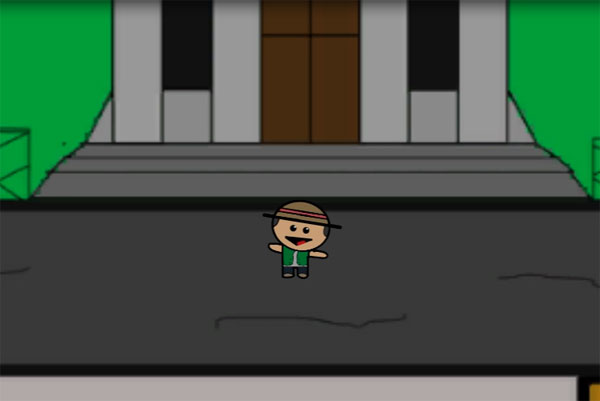
Second: It took them 8 proposals before I could approve of their idea. I normally don’t interfere with proposals because the school’s directive has always been: “Advisers cannot dictate the type of thesis their students must create.” The team (that’s all of us) had to be practical, though. What kind of thesis game can we make without an artist? A thesis game must also be relevant. It cannot be on the same level as a regular classroom exercise.
I approved the math RPG concept, but it was a path fraught with many difficulties.
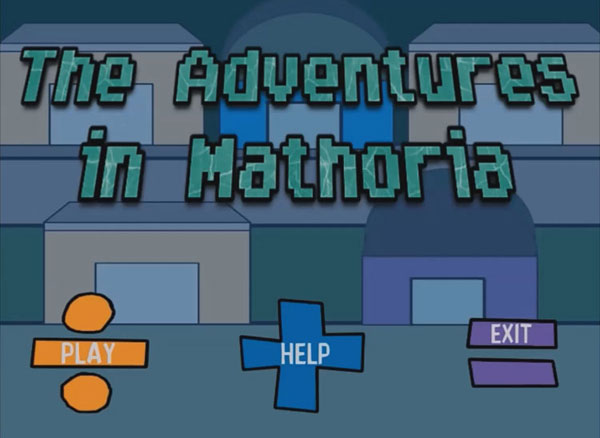
For one thing, we weren’t happy with the two-hit combo of [Unity + Lack of Artist]. The things the team wanted to do couldn’t be implemented easily. And we love Unity, we really do. Most of the games this team had made were all built with Unity. Unfortunately, for this particular project, Unity did not love us back. The graphics weren’t even an issue so much when we had the target demographic play the game. Most kids don’t notice unpolished art. Still, the team remained discontented with the results.
It wasn’t until the painful mid term defense, where the panel members gave their most brutal feedback, did we realize that we needed to resort to drastic measures.
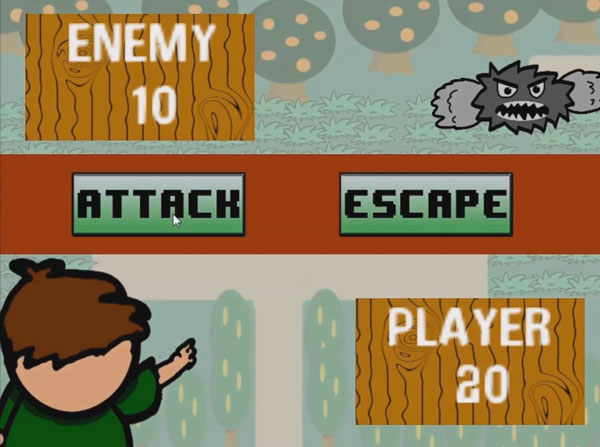
At that time this was all happening, I was already in the middle of Prologue‘s production and I thought, “Hey, why not switch engines to RPGMaker instead?” You know what the best part about this team is? I taught them the basics, but after that, they went ahead and did research on how to make games with Ruby. We weren’t about to submit a thesis game that had default RPGMaker settings, no sireee. Most of it had to be custom scripted.
Because it was already mid terms when we switched engines, the Finals, which was the first Incendium Exhibit, did not yield favorable results. The team got a depressing grade of 83%. I did tell them to cheer up because the battle isn’t over yet and then I told them during our post mortem meeting: “I’d like to work on this game further. Would you like Senshi.Labs to publish it?”
Two things happened in the months after they said yes:
- The team entered the game into the Philippine Game Festival 2014 Game On Competition. It won Best Edutainment.
- Jeremy Plana, an artist from another thesis group, joined the team.
The result?
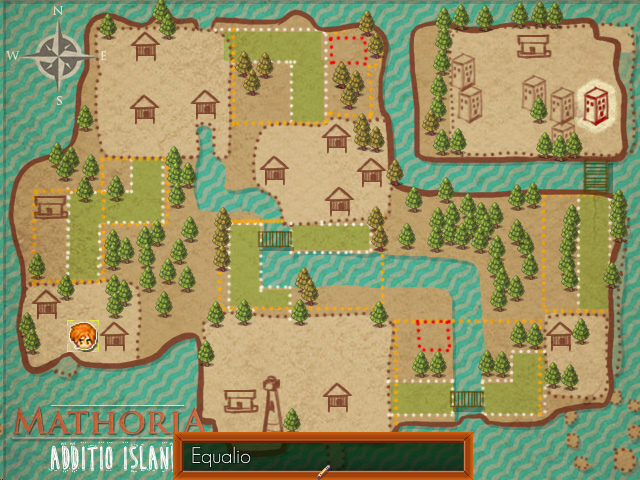
We also narrowed down the scope to only one math operation for the first game. The boys, now called B-Team, continued to conduct research, talking to elementary school children and teachers. By September, we had finalized the design and the amount of custom programming needed for the game. By early December 2014, we had recruited Neil Alcuran of Asia Pacific College (also one of my students) to become the external Lead QA and then a series of tests followed.
The game ranked 2nd and was a Best Capstone nominee among the exhibitors in Incendium III.
The first Mathoria game was released in December 27, 2014. The journey does not end here, however. Mathoria’s saga continues.
Sometimes, though, it’s nice to be reminded of where we started.
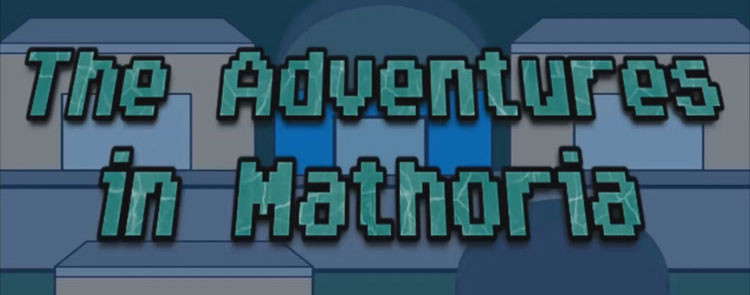
One thought to “Mathoria Development: An Underdog Story”